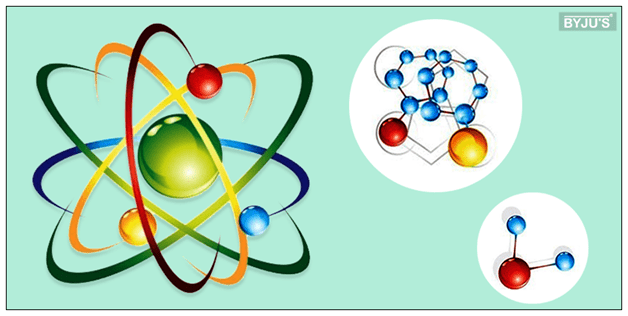
Objective
The aim of this experiment is to make use of Cannon-Fenske Viscometer to identify the function of temperature in the aqueous solutions and viscosity of compounds.
Requirements
Compounds that are used as a reference include water, peroxide, salt, ketones, organic acids, alcohol, methylated and aromatics.
Methods
Step 1: Extract juice from citrus Aurantium, Vitis labrusca, and Vitis vinifera.
Step 2: Ferment a portion of it in order to start measuring viscosity on the fermented and raw juice.
Step 3: Plot the displacement time between the viscometers marks and for individual compounds.
Step 4: With the help of the slope of the data, determine the acceleration and viscosity corresponding to the displacement time.
Results
Develop a matrix to enable category identification of unknown species. That is in order to detect changes in the direction of the vector of viscosity acceleration over a temperature which is, in turn, a functional structure. This was adopted successfully to determine the adequacy of conversion of fruit juices into alcohols and anaerobic fermentation. Polyvinyl solutions of cleaving solutions are used to determine the independence of viscosity.
Conclusion
A slight change in the structure that is responsible for the establishment of dipole moment and polarity make a big difference in viscosity. There is a temperature dependent, diffusion-based second order and transport process occurring due to great complexity. This scientific working model was created to determine the temperature changes in the vector direction of fluids passing through a viscometer in order to identify the basic structure of solutes.
For more information on other chemistry topics, stay tuned with BYJU’S. Register with BYJU’S and get all study materials such as question papers, worksheets, textbooks, etc.


Comments